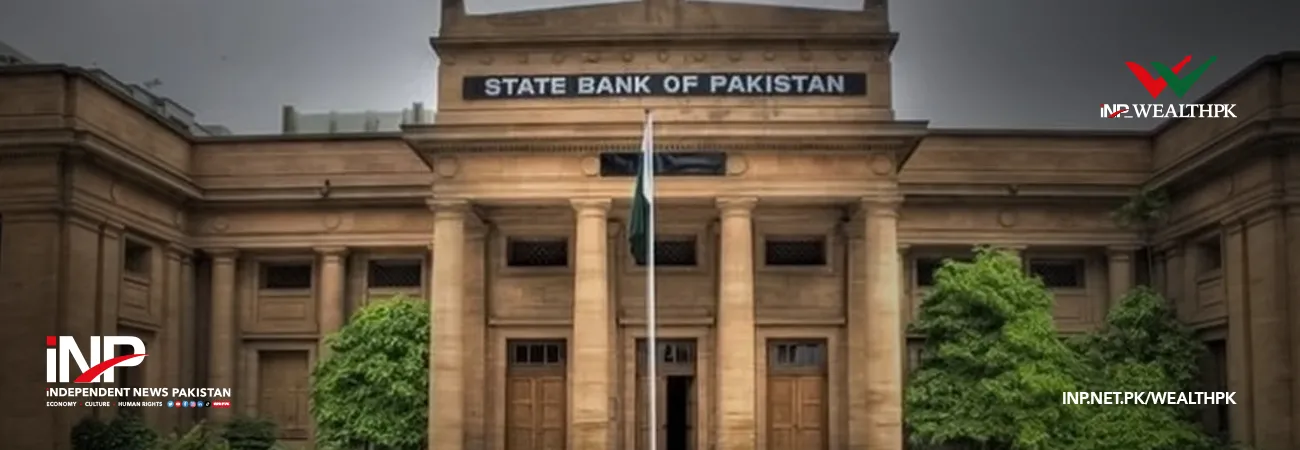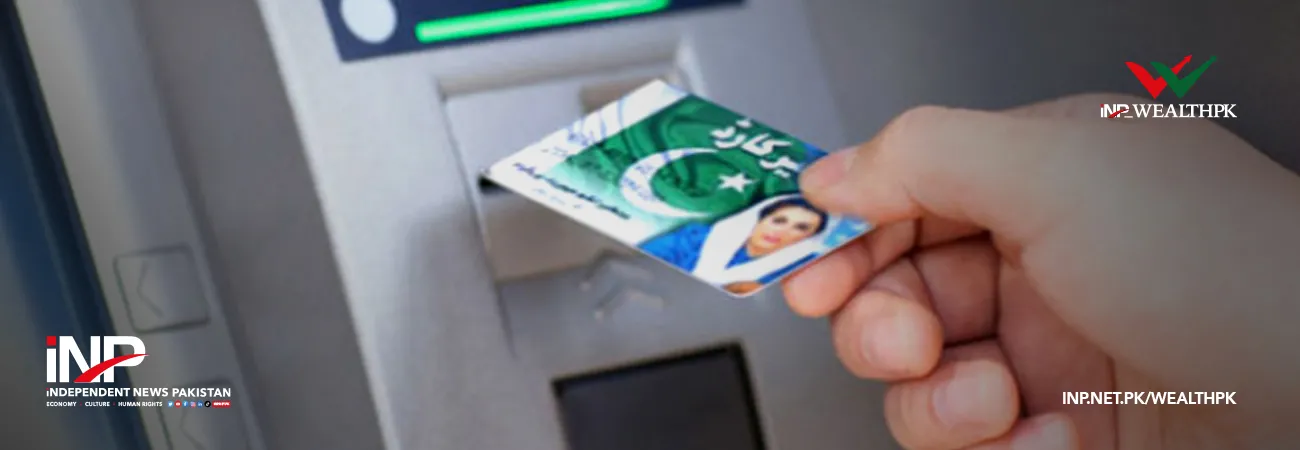INP-WealthPk
Ayesha Saba
Pakistan posted a rare fiscal surplus during the first quarter of FY2026 as government revenues surged and spending remained within budgetary limits, reflecting improved fiscal management and alignment with IMF program targets.
According to the Finance Division’s Monthly Economic Update & Outlook (October 2025), net federal revenues increased sharply by 231.4 percent to Rs3,269.8 billion during July–August FY2026 compared with Rs986.7 billion in the same period last year.
The extraordinary rise was driven by a 721.1 percent jump in non-tax revenues, supplemented by a 14.1 percent increase in tax receipts collected by the Federal Board of Revenue (FBR). Non-tax inflows rose mainly due to higher profit transfers from the State Bank of Pakistan (SBP), dividends, defense receipts, the petroleum levy, Gas Infrastructure Development Cess, and the Windfall Levy on crude oil.
During July–September FY2026, total FBR collections rose to Rs2,884.4 billion, reflecting a 12.5 percent year-on-year increase. The government’s fiscal prudence kept expenditure growth modest at 7.6 percent, amounting to Rs1,760.6 billion, compared with Rs1,636 billion last year.
Consequently, the federal fiscal balance recorded a surplus of Rs1,509.2 billion, a remarkable turnaround from a deficit of Rs648.8 billion in the same period last year. The primary balance also posted a sharp improvement, reaching a surplus of Rs2,938.9 billion compared with Rs49.4 billion previously.
The report said this improvement demonstrated the government’s commitment to maintaining fiscal discipline while meeting the costs of post-flood rehabilitation within existing budgetary allocations. It noted that the fiscal performance aligned with IMF targets and reflected the administration’s continued focus on sustainable revenue generation.
The Finance Division credited the performance to a blend of higher non-tax receipts, better FBR enforcement, and reduced borrowing from the banking system. Net budgetary borrowing remained contained, enabling banks to lend more to the private sector.
Fiscal experts said Pakistan’s improved primary balance and controlled spending signaled growing fiscal stability. However, they cautioned that future pressures could emerge from higher energy subsidies and public-sector enterprise liabilities if reforms were delayed.
The report stressed that continued fiscal discipline and reform implementation would remain essential for achieving long-term debt sustainability. The improved fiscal outlook, combined with external account stability and declining inflation, was expected to strengthen investor confidence.
“The government remains firmly committed to prudent fiscal management and will continue to meet program targets under the IMF arrangement,” the Finance Division said.
The update also highlighted that with better tax collection and strong non-tax inflows, Pakistan’s fiscal sustainability outlook had improved substantially. Fiscal buffers were being rebuilt, creating space for targeted social spending and development investment.

Credit: INP-WealthPk













